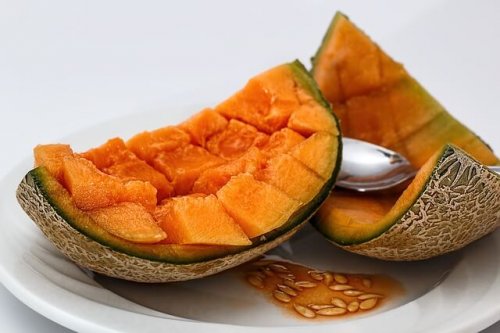What to Feed Your Baby

In addition to breast milk, it is very important to feed your baby different foods that are essential for their growth and development.
Additional foods can help give them the nutrition they need, especially between 6 and 24 months of age, which is a delicate stage that requires maximum care for their wellbeing.
But why feed your baby additional foods? This is the question that mothers of 6-month-olds ask when their baby begins to consume purees and solid foods.
First, we have to remember that it isn’t about replacing the mother’s milk. Breast milk is a superfood that children need for their development in the first few months of life.
Secondly, foods offered to children should be rich in nutrients, vitamins, and micronutrients, as well as provide energy, and contain iron, calcium, protein, calories, and minerals that all work together for the baby’s growth.

Complementary foods by age
From 6 to 8 months
During this period your baby is entering a whole new world of foods. The mother should start offering additional foods from this point on, like fruits and vegetables.
Let them try yogurt, porridge, small pieces of fruit and vegetables (pear, apple, banana, plum, zucchini, broccoli, green beans, pumpkin, carrot, celery, leeks); pureed baby foods, grains (quinoa, oatmeal, rice), soft pieces of bread, crackers and olive oil.
Additional foods will satiate your baby more and prolong the amount of time between feedings.
From 9 to 12 months
When your baby is taking their first steps and using more energy, complement breastfeeding with natural sugar0free yogurt, fresh cheeses, fresh dairy products, egg yolk, chards, spinach, watercress, custard and pudding.
Let them try cream-based chicken or beef broth, pureed beef, chicken, or pork. It’s also a good time to let them try sausage, butter, sugar, honey, and grains.
From 18 to 24 months
After they reach a year and a half, they can begin to try fish- or seafood-based broths. Crushed nuts will help their digestion. But be careful in case they are allergic.
Some legumes like white beans are recommended. They can also begin to eat melted cheese and shellfish.
Introducing your child to new flavors will help them diversify their preferences. Cacao, chocolate and cow’s milk are other foods that can be introduced.

How much food to give your baby
When your child is exclusively breastfeeding, they will eat every three or four hours. As they begin to eat more solid foods, the time between feedings will be longer.
However, there is no defined amount or frequency of the portion of foods that your baby should eat. It is recommended to incorporate them in a natural way so that they get used to different textures, temperatures, and flavors.
Children under three should eat five or six times a day. This frequency helps their digestive and dental development.
Let the child use their own utensils. The spoon should be small and round so it doesn’t hurt the baby’s gums. Help them as they learn to eat.
Drinking water is important when they begin to eat solids. Try to keep the water in its natural state.
Purees, porridges and small pieces of foods will help your child stay full. They may even begin to sleep all night.
Remember that their eating habits depend on their upbringing, as well as mental, physical and psychosocial development.
Signs that your baby is full
- They close their lips
- They throw food
- They turn their head in both directions
- They play with their food
All cited sources were thoroughly reviewed by our team to ensure their quality, reliability, currency, and validity. The bibliography of this article was considered reliable and of academic or scientific accuracy.
- Triantis V., Bode L. Loost van Neerven JR., Immunological effects of human mil oligosaccharides. Front Pediatr, 2018.
- Fidler Mis N., Braegger C., Bronsky J., Campoy C., et al., Sugar in infants, children and adolescents: a position paper of the european society for paediatric gastroenterology, hepatology and nutrition committee on nutrition. J Pediatr Gastroenterol Nutr, 2017. 65: 681-696.
This text is provided for informational purposes only and does not replace consultation with a professional. If in doubt, consult your specialist.








